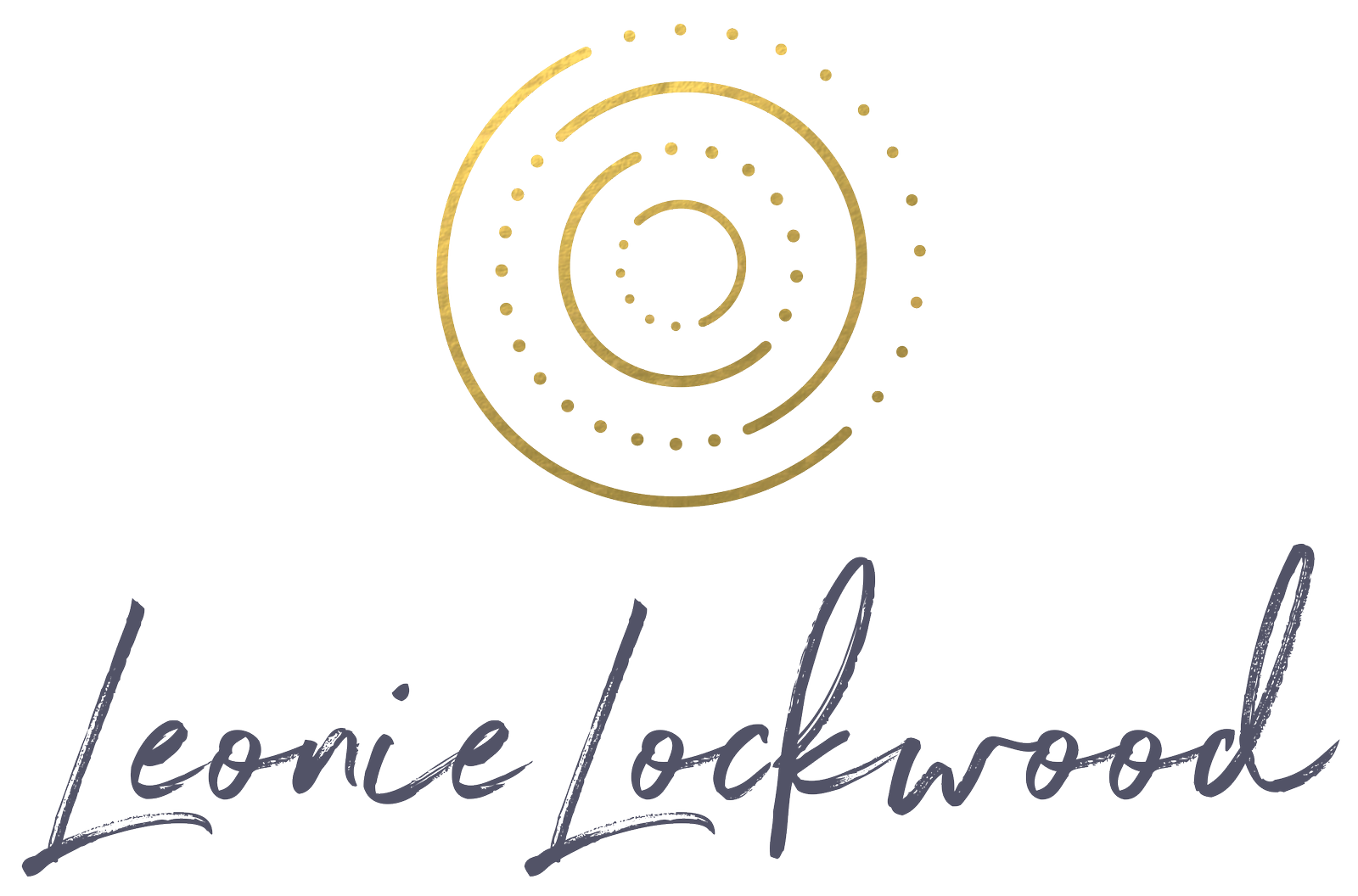A rebound in Yin yoga refers to the time after a pose has been taken. Typically the student lies on their back or stomach and rests for a minute or two.
It is also referred to resetting, rejuvenating, refreshing, recovery and returning to source amongst others.
It is a time for the student to unravel from the pose and tune into the reverberations of the pose mentally, physically, emotionally, energetically. The body bounces back and it does this in a number of ways.
1. Physical rebound
The tissues that have been stretched and compressed whilst we are in the pose move back to their resting length. Over time, and with repeated practice this resting length will change. To make the change stick, you need to continue to practice.
When we spend time exploring the internal physical sensations, we are increasing our interoceptive capabilities which leads us to better self-care and boundaries.
2. Emotional rebound
When we spend time resting in our emotional response/s to the pose we are able to make the connection between the emotion and the physical felt sense of this emotion in the body. Not all emotions will be welcomed, but as we amplify the link between the emotion and the felt sense, we’ll be able to welcome those emotions that may be strong, unpalatable but essential parts of us, so that we can learn to work with them more constructively in daily life.
3. Mental rebound
Leaning into our emotional responses and their link with the physical, gives us the opportunity to more accurately label them. It is in the mental labelling we increase our vocabulary around emotions. The vocabulary then is more nuanced and describes more accurately what we are feeling. For example, instead of feeling ‘good’ we might feel ‘light’ or ‘free’ or ‘clear’ or ‘soft’.
4. Energetic rebound
Energy is a product of the combined charge of electrons, protons and neutrons of an atom. The human body and everything in and around are varying combinations of these particles. So, our physical, emotional and mental responses are also different forms of energy. Often in the rebound we are transported beyond the body into what the yogis would call our astral world or causal worlds.
The astral world can be described as similar to a trance or as having dream like qualities. It is a world of emotions and feelings, ‘full of light and colour’. Ananda.org. In the tradition of Yoga, in the astral world we also have a physical body as well as emotional and mental bodies. This gets deep into yoga philosophy and best saved for a future post.
Whereas ‘The causal world is the realm beyond the material and astral worlds. It is the world of thoughts and ideation, where consciousness resides once it has transcended the other two. Once a yogi’s consciousness enters the causal world, they have no need for a gross physical body and become beings of pure light’. Yogapedia.com
In our rebounds it is possible to have glimpses and moments in these worlds, moving beyond physical matter. These are not a cause for alarm, but rather for curiosity.
But practitioners may be unfamiliar with these types of experiences. It’s helpful for teachers to speak to the range of experiences and sensations that may occur to help normalise responses and experiences in the rebound.
Rebound after every pose or not?
A rebound after each pose gives us time to examine the exact impact of that pose and to notice change in the rebound from pose to pose. Rebounding after every pose is not a set-in stone Yin yoga rule. Despite what some teachers say. Obviously, the more rebounds, the more chances to develop interoception and mindfulness skills.Increased rebounds also emphasise the Yin nature of the practice; encouraging us to slow down and turn inward. And in the crazy Yang world we live in, more Yin is required by most of us.
Yin yoga founder and my teacher, Paul Grilley, encourages a philosophy of no dogma which I try to follow as best I can. This can be particularly difficult in a world where we want quick, concrete answers. So yes, a rebound after each pose is extremely useful in self-examination and developing interoception. But equally useful, is a practice with two to three poses linked together, then a slightly longer rebound. There is no hard and fast rule that I know of that says tissue recovery occurs in the first minute after a pose or not at all.
Having a period of rebound which allows recovery from the stressors placed on the tissues is the key. So if you’re sequencing your class with few rebounds, then allow longer time in Savasana for the tissues to recover. For more on the anatomical importance of recovery, head to my post on ‘creep’.
What does rebound look like?
Dogmatically I hear from some teachers that rebound must be taken on the back in a Savasana like position. Many years ago, I taught this way too. But from my years of teaching, I know that not everyone finds lying on their back comfortable. Rebounds can be offered for the back, side or front of the body. You may even suggest its taken in a pose such as child’s pose. For smooth transitions to the next pose, a variety of rebound positions is useful. Whatever shape you guide your students into, don’t get hung up on it, if they take something else that better suits them. Ideally the rebound is a shape the student can find rest and ease in and where muscular structures can relax.
If you’d like to learn more about teaching Yin yoga, then perhaps my online Fundamentals of Yin Yoga is for you.

